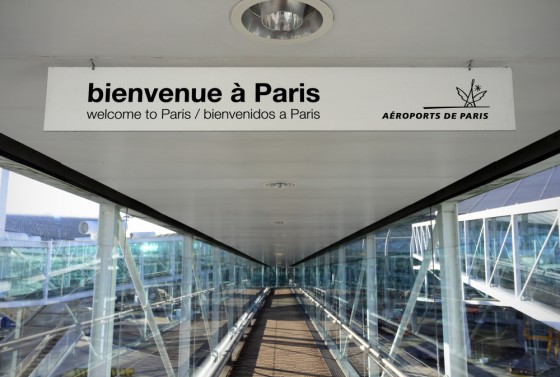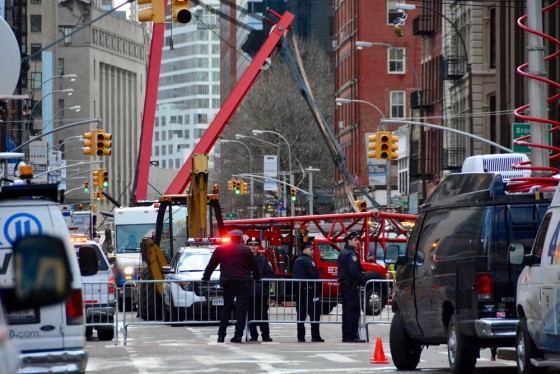In a recent threat report, cloud email management company Mimecast warned they had seen a 55% increase in whaling attacks over the past three months. As we reported in this month’s Risk Management cover story “The Devil in the Details,” social engineering fraud schemes like whaling (which is phishing that targets higher-profile employees and executives) resulted in a total losses of more than $1.2 billion worldwide between October 2013 to August 2015. According to the Mimecast Business Email Threat Report 2016, released yesterday, IT security professionals clearly recognize the risk, with 64% of respondents in the new saying they see email as a major cybersecurity threat to their business. Yet only 35% feel confident about their level of preparedness against data breaches, while 65% feel ill-equipped or too out of date to reasonably defend against the risk.
“Our cyber-security is under attack and we depend on technology, and email in particular, in all aspects of business. So it’s very disconcerting to see that while we might appreciate the danger, many companies are still taking too few measures to defend themselves against email-based threats in particular,” said Peter Bauer, chief executive officer of Mimecast. “As the cyber threat becomes more grave, email attacks will only become more common and more damaging. It’s essential that executives, the C-suite in particular, realize that they may not be as safe as they think and take action. Our research shows there is work still to be done to be safe and we can learn a lot from the experience of those that have learnt the hard way.”
Even the most secure companies feel the most at risk of these scams. Of the top 20% of organizations that feel most secure, 250% are more likely to see email as their biggest vulnerability. Those who feel most confident about guarding against the risk are 2.7 times more likely to have a C-suite that is extremely or very engaged in email security. Among the IT security managers who feel most prepared, five out of six say that their C-suite is engaged with email security, Mimecast reports. However, of all IT security managers who were polled, only 15% say their C-suite is extremely engaged in email security, while 44% say their C-suite is only somewhat engaged, not very engaged, or not engaged at all.
The firm also had some insight on best budgeting against the risks of phishing. Those who feel better prepared to handle email-based threats also allocate higher percentages of their IT security budgets toward email security, the firm found, with these IT security managers allocating 50% more of their budgets to email security compared to managers who were less confident in their readiness. Mimecast found 10.4% of the total IT budget toward email security is the ideal intersection between email security confidence and spend.
To reduce the threat of whaling, Mimecast recommends that companies:
- Educate your senior management, key staff members and finance teams on this specific type of attack. Don’t include whaling in a general spear-phishing awareness campaign—single out this style of attack for special attention to ensure key staff remain vigilant.
buy biaxin online youngchiropractic.com.au/wp-content/uploads/2023/10/jpg/biaxin.html no prescription pharmacy
- Carry out tests within your own business. Build your own whaling attack as an exercise to see how vulnerable your staff are.
- Use technology where possible. Consider an inbound email stationery that marks and alerts readers of emails that have originated outside of the corporate network.
- Consider subscribing to domain name registration alerting services so you are alerted when domains are created that closely resemble your corporate domain.
buy bactrim online youngchiropractic.com.au/wp-content/uploads/2023/10/jpg/bactrim.html no prescription pharmacy
Consider registering all available TLDs for your domain, although with the emergence of generic TLDs (gTLD) this may not be scalable.
- Review your finance team’s procedures; consider revising how payments to external third parties are authorized. Require more than single sign-off, or perhaps use voice or biometric approval only with the requestor to ensure validity of the request.
Check out the infographic below for more on business email threats:



